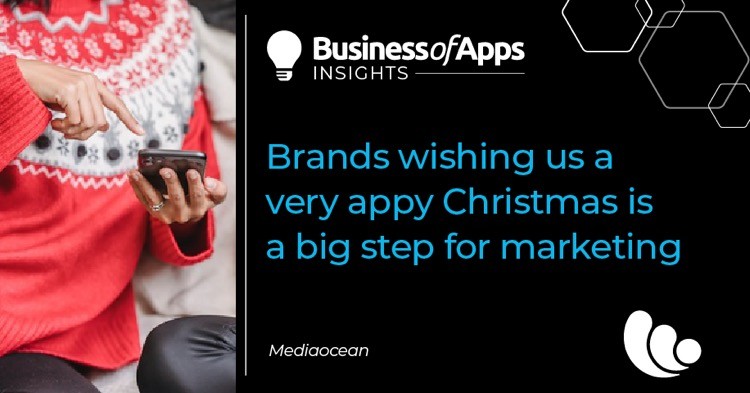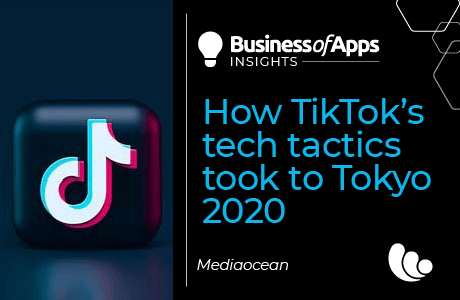
So, this is Christmas. The magic of the festive season is, in many ways, all about its predictability. Even in disrupted times, we know that we’ll get more time to ourselves, and with our friends and family (even if virtually), to focus on what really matters. And, just as reliably, the first herald of Christmas will be the world of media and marketing sprinkling a layer of snow over everything it does.
The Christmas advert has, in fact, become something of a cultural tradition all of its own, especially in the UK, where the nation’s big retailers now engage in a good-natured annual competition to produce the big-budget campaign which best captures the mood of the nation. From middle-class department store stalwart John Lewis to budget supermarket Lidl, nothing in the calendar receives universally high marketing investment like Christmas.
This has also made it something of a ritual inside the marketing industry, where even those of us who focus on things like technology and metrics tend to love talking about the creative aspect of our work. Every year, Christmas ads are discussed not just in terms of who did the best job this time, but in terms of what this year’s crop of campaigns means for the future of the industry, and what trends we can glean from the decisions that brands and agencies are making with them.
The advent of social strategies
Having put so much weight behind them, it’s unsurprising that brands have also long found ways to make this creative work as hard for them as possible. While the centrepiece of a campaign might be a long TV advert, we are seeing shorter versions featuring different products being rolled out throughout the season, alongside static print and digital banner advertising, billboards, in-store stunts, and other methods, all linking back to that central bit of creative.
Through the years of keeping an eye on these campaigns, I’ve started to think of them as being a bit like a Christmas tree, with a star TV spot on top and branches of creative coming down from it. And, of course, this isn’t just true of big festive campaigns: much smaller marketing pushes are now often expected to use varied tactics to reach consumers like this.
All of which means that we shouldn’t be surprised to learn that brands are now latching onto the power of social apps for this purpose. Beyond just inserting adverts into consumers’ news feeds, new approaches are emerging which actually tap into the appeal of those platforms. Pret a Manger last year became the first major British brand to anchor its Christmas campaign around a TikTok challenge, while this year’s Marks & Spencer campaign came with a special TikTok preview stunt.
Given the successes of these campaigns (Pret’s, for instance, drew in 1.5 billion views) there seems to be little doubt that more businesses will join in with the fun next year – and, soon, throughout the year. What’s most interesting, however, is that these aren’t just different version of the same creative that consumers are seeing on TV. In both cases, these brands are offering quite different, app-specific experiences.
The marketer’s challenge
It’s a really positive move when we think about the potential which the app economy has to capture the attention of groups which are often seen to be difficult to market to. Young, digitally native, commercially cynical consumers are unlikely to respond the same way to linear advertising like TV as previous generations – even assuming that they are on that channel in the first place.
This is a group which expects both brands and experiences to be more interactive, responsive, and personalised. In a gamified world where everyone has the power to create and share, the one-way communication of banner ads, for example, does not meet their assumptions about how media works – and that’s a problem for an industry where engagement is king.
Apps, of course, and especially social media apps, are built around the potential for interactivity at the most fundamental level. Even a newspaper experience is now incomplete without the dynamic delivery of content that gets shown to the user – and for a platform like TikTok, personalisation communication is in the experience’s very DNA. As this new generation acquires more spending power, tapping into this arena will be an imperative for brands.
Ultimate App Growth Guide 2025
Boost your app’s success with the Ultimate App Growth Guide! 🚀 Expert insights, proven strategies & must-know tips. Download now!
Master app growthOne of the big challenges for marketers will be the fact that, usually, a campaign is still built around developing many versions of one central idea. I’m not sure that this principle will hold in the age of social advertising: the whole point, after all, is that people interacting with the campaign enjoy an experience which is specific to them. We might have to start thinking about such campaigns, instead, as showers of snowflakes, offering many unique experiences – and to get there, everything from creative planning to measurement will need to happen differently.
The app’s opportunity
This leaves the app economy in a powerful position with regards to how brands will build deeper, more genuine engagement with the shoppers of the future. TikTok is showing how platforms can be much more than targeted digital billboards: the qualities which make an app appealing can be more directly leveraged by businesses keen to make contact with its audience.
Part of the reason why I see TikTok as being at the vanguard of this is that they have taken pains to make the platform known and welcoming to advertisers – even going so far as to be a lead sponsor in this year’s Euros. Over the next few years we should expect to see more of this, from tools helping marketers to build this kind of campaign to data connections which help them effectively manage and measure their success.
It could be the dawn of a new era for omnichannel marketing – and, of course, an absolute gift to brands who need to reach their next wave of loyal customers.










